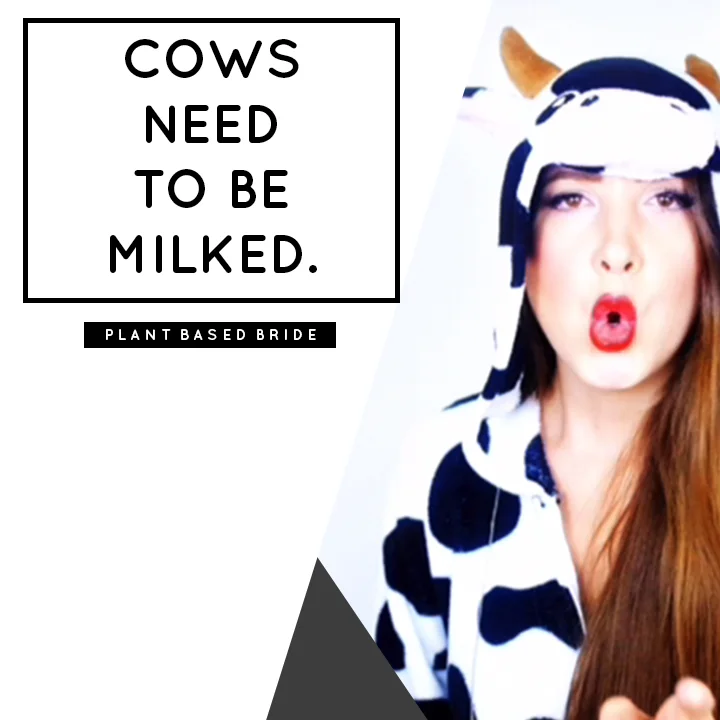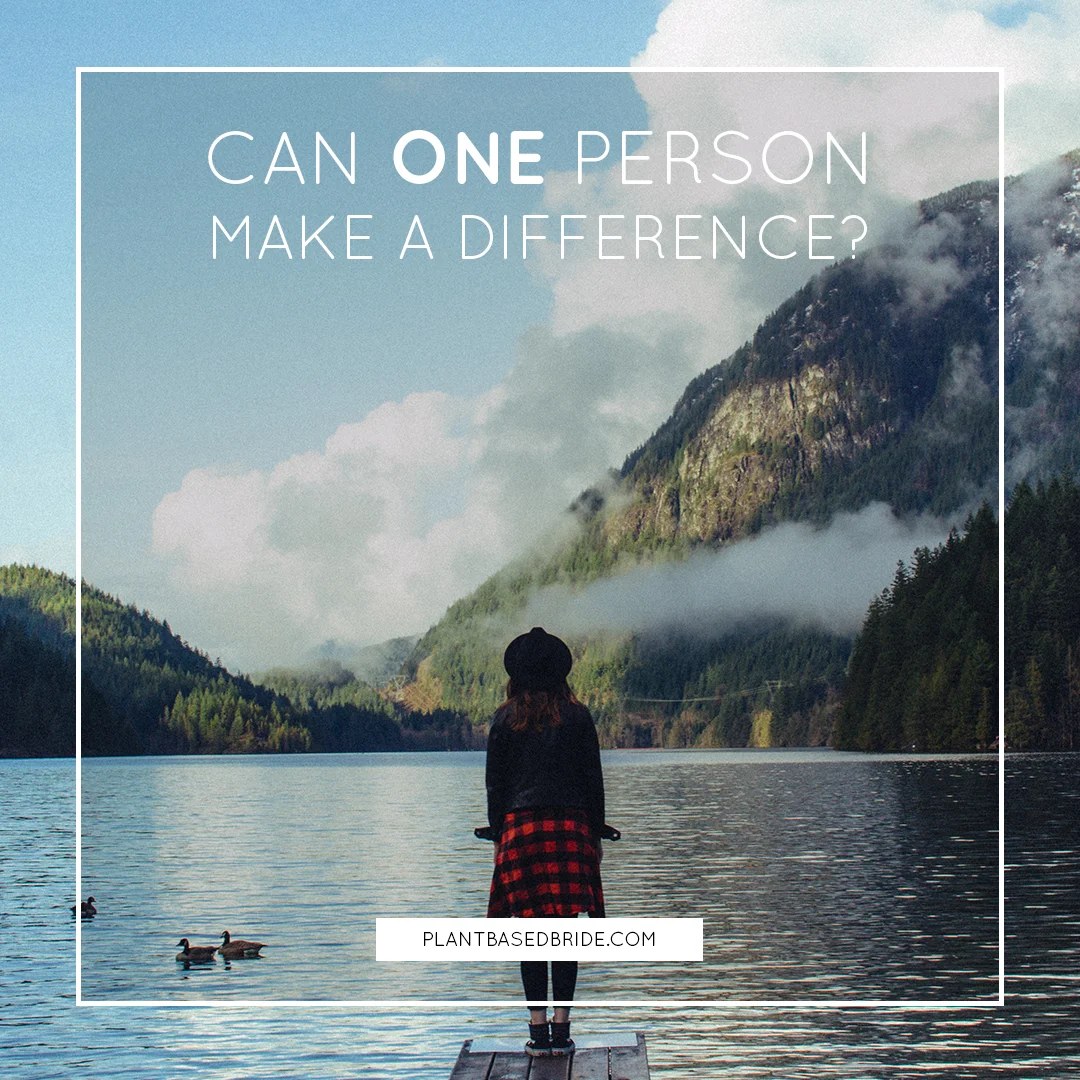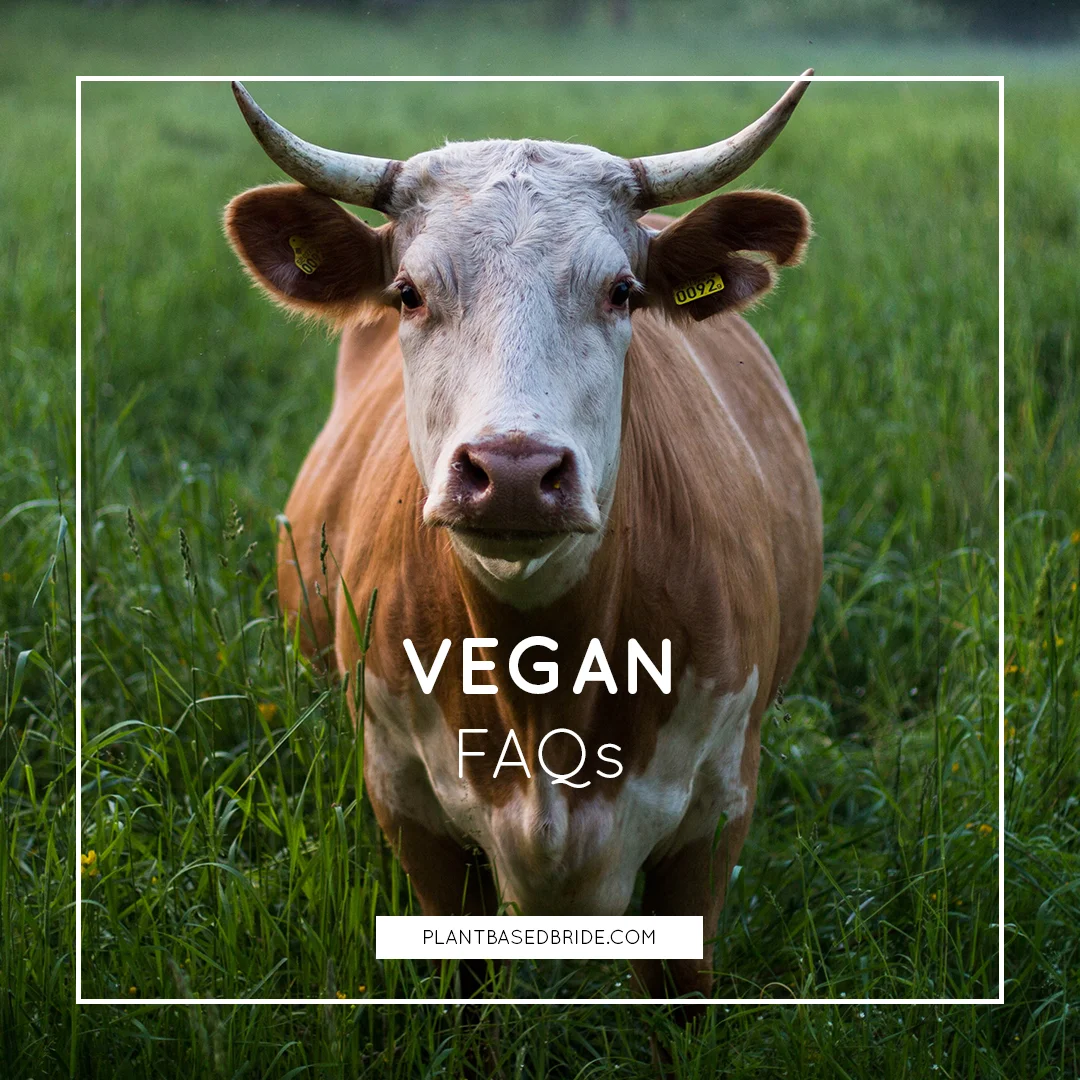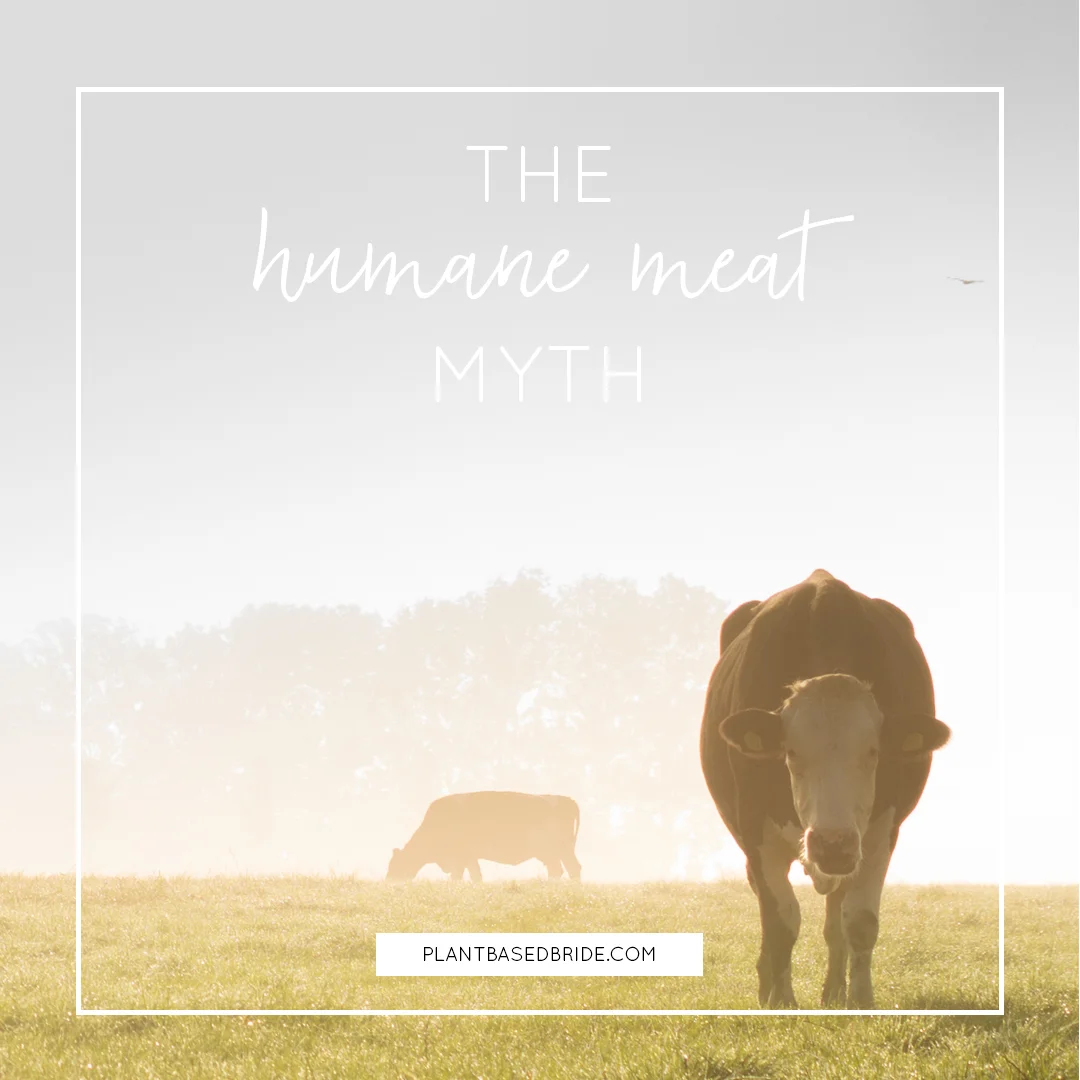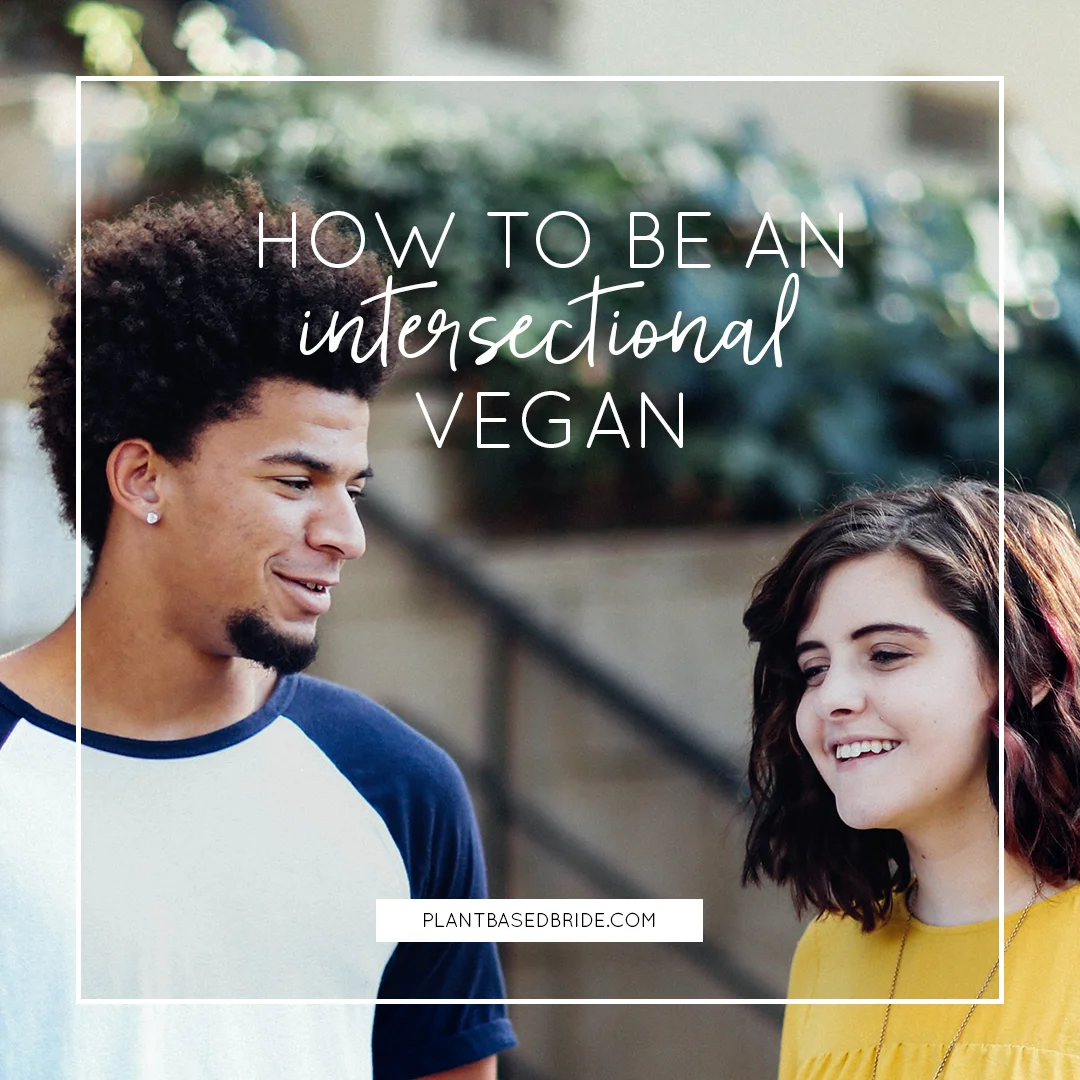The Truth About The Dairy Industry
We all know the slogans... "Got milk?" We see ads every day picturing happy cows being milked by hand and grazing in lush fields. We've been told we need dairy to build strong bones for so long it has crystallized as fact in our society. But what if the dairy industry is lying to us? The recent influx of ads in Toronto for dairy products as a defence against osteoporosis got me riled up and I haven't yet calmed down. (I wrote a this page in response.) The dairy industry is a business. They are selling a product. They do their best to convince us their product is indispensable for good health because that's what drives profit, not because it's true. Let me tell you the truth about the dairy industry, behind all of the marketing spins and selective wording.
Let's begin with the basics.
MYTH: Dairy cows produce milk on a constant basis and require human intervention for milking.
I've heard this many more times than is reasonable, considering the ease of access to information today. Let's think about this for a moment. If dairy cows produced milk constantly, and required the intervention of another, completely unrelated, species to aid in the removal of this fluid from their bodies, how did they survive up to beginning of animal agriculture? Species work in tandem in the wild, of course, but not to such an extreme extent. And why are they the only species of the more than 5,000 in the world that produce milk that do it even without having recently given birth? Well, they don't.
TRUTH: Dairy cows, like all mammals, produce milk only after giving birth and with the sole purpose of feeding their offspring.
Just like a human, a cow must become pregnant, carry their baby for nine months, and give birth to begin the lactation process.
So how do the cows in dairy farms produce milk consistently enough to satisfy the wants of the human population?
It's a simple process. When a female cow is as young as 9 months (and up to about 22 months) old she will be forcibly artificially inseminated using what the industry calls "rape racks". She will then go through a standard, 9 month pregnancy. Once she has given birth her calf will be taken from her within hours (97% of newborn calves are removed from their mothers within 12 hours, the remainder in a day or two) to prevent bonding, and she will be hooked up to milking machines until she runs dry.
In this video we see a new calf being removed from their mother, never to see each other agin. This must happen each time a cow gives birth to ensure higher productivity (why waste the mother's milk on her baby when you can sell it to the human population?)
She will give birth once a year for as many years as she can without a slowing of productivity, never having more than a day or two with any of her babies. Once she reaches an age of around 4 or 5 years, she will be slaughtered for use in ground beef and burgers. She will have only lived a fifth of her potential lifespan.
MYTH: Dairy is good for your health.
Drink milk for strong bones. Get your protein. Dairy is high in calcium and calcium helps prevent osteoporosis. We hear these claims all the time. But what if they aren't true?
TRUTH: Dairy contributes to numerous diseases, including osteoporosis.
I've written about dairy's contribution to osteoporosis here. But what about everything else?
Cow's milk is ideal for calves. It has developed over millions of years to be perfect growth food for baby cows, helping them to grow big (1,400 lbs big) and strong. And you might suppose that if cow's milk is so good for cows, it would also be good for humans. But there's a problem with this theory. Cow's milk is not made for humans. Each species on this earth that produces milk produces a specific kind formulated perfectly for their individual species. Cow's milk has a protein content formulated for a species that doubles in size 4x faster than humans are meant to. And we wonder why obesity has become such a widespread issue! (Pardon the pun.)
Cow's milk also has about 4x the amount of calcium per calorie than human milk (194mg/100 cal (cow's milk) vs 45mg/100 cal (human milk)). This is far more calcium than we require. If we did require that level of calcium, human milk would have that amount. So why doesn't it? Perhaps because it's unnecessary to human health!
Calcium is a mineral that originates from the ground. Not from milk, not even from plants. It gets into the plants after dissolving in water in the soil and being absorbed by the plants' roots. It is then utilized in all areas of the plant. Animals can now eat the plants and absorb calcium for themselves, including we humans! We need never eat dairy or meat to meet our calcium requirements.
Much of the research done on the impact dairy on our health has been paid for by the dairy industry and is therefore skewed to fit their needs. They don't want you to know that dairy consumption promotes:
- obesity;
- type 1 diabetes;
- autoimmune diseases such as arthritis and multiple sclerosis (MS);
- high cholesterol;
- osteoporosis;
- heart disease, and;
- insulin-like growth factor 1 (IGF-1) in the body. (IGF-1 has been strongly linked to the development of various cancers such as breast, prostate, lung, and colon cancer. It inhibits cell death while stimulating cell production, which is a deadly cocktail when you have cancer cells in your body.)
Want to learn more about the negative health effects of consuming dairy? Check out these articles written by:
And take a gander at this video:
MYTH: The dairy industry does not contribute to the killing of innocent animals.
This is a common vegetarian's argument, and I once agreed with them. But unfortunately for these loving, intelligent creatures, it just isn't true.
TRUTH: The longest a dairy cow will be allowed to live is about 5 years. There are over 264 million dairy cows worldwide. You do the math.
As I mentioned, once a cow's productivity begins to slow between 4-5 years she will be sent to the slaughterhouse to become beef. But what of her babies? If they're female they will likely follow in their mother's footsteps, and be killed in half a decade when they are spent. But what about the males, who cannot produce milk? Many of them are chained in small wooden crates for 16 weeks and then slaughtered for veal. Others are raised to the ripe old age of 18 months before they are killed for beef. (Remember, a cow's natural lifespan can be in excess of 20-25 years). The grand total deaths for these male calves each year globally? 21 million.
MYTH: Transportation is the biggest source of emissions and contributor to global warming.
TRUTH: The animal agriculture industry contributes 51% of all worldwide greenhouse gas emissions. (And that's not all.)
If you have not yet watched Cowspiracy, bump it up to the first spot on your to-watch list and start right after you finish reading this article! It's on Netflix, so it's as easy as watching a couple episodes of your favourite show, but has a much more important message. The way they explain the environmental impact of animal agriculture is so clear and yet so shocking that even the many vegans I know were completely flabbergasted by their findings. Our planet is in much more dire condition than we know.
For those of you who are at work and can't take the time to watch a full length documentary (until you get home, of course!) I will summarize some of the film's points, sourced from the Cowspiracy Facts page:
MYTH: Cows in dairy farms are treated kindly and given adequate space, rest, and comfort.
TRUTH: Many cows in dairy farms are kept in atrocious conditions, and all are subjected to unnecessary mutilation and deprivation.
This video is graphic and not easy to watch. But if millions of innocent creatures can be subjected to this kind of horrific treatment every single day of their lives for human benefit, we can watch a short compilation of the injustices billions are supporting with their hard earned money and use it as motivation to create change.
MYTH: These negative actions are only on the part of large factory farms, not small "family" dairies.
TRUTH: This is the same whether we are talking about a small "family" dairy farm or a large factory farm.
While the living conditions themselves may be better, and the outright cruelty on the part of workers may be to a lesser extent or non-existent, mutilation in various forms is used across the entire industry, as a matter of standard procedure. Also, because farmers do not slaughter their own cows, they cannot ensure that the slaughterhouses are not subjecting their animals to further pain and suffering, above and beyond their murder.
Some of this information might have shocked you, or made you feel upset, angry or defensive. And that's completely OK. The important thing is what you do as a result. Getting angry at me, or any other person trying to spread this information, won't help you, let alone the animals or our planet. What will help is a reduction or elimination of your dairy consumption.
10 Tips To Help You Go Dairy-Free
I'm not trying to judge you, or tell you you're wrong. I'm trying to provide you with the information that I wish I'd known 20 years earlier than I did. I'm trying to look out for you, the animals, and the planet we call home. What are you trying to do?
Until next time,
Considering giving up dairy but not sure where to start? Feel free to send me an email at plantbasedbride@gmail.com and I will do my best to help you along in your journey!
Sources & Further Reading
- http://plantbasedbride.com/blog/building-strong-bones-with-plants
- http://www.peta.org/issues/animals-used-for-food/animals-used-food-factsheets/cows-milk-cruel-unhealthy-product/
- http://freefromharm.org/dairyfacts/
- http://plantbasedbride.com/osteoporosis
- http://milkiscruel.com
- https://www.aphis.usda.gov/animal_health/nahms/dairy/downloads/dairy07/Dairy07_is_ReprodPrac.pdf
- http://plantbasedbride.com/blog/ph
- http://www.indexmundi.com/agriculture/?commodity=cattle&graph=calf-slaughter
- https://www.ciwf.org.uk/media/5235182/Statistics-Dairy-cows.pdf
- http://nutritionstudies.org/12-frightening-facts-milk/
- http://www.peta.org/issues/animals-used-for-food/animals-used-food-factsheets/cows-milk-cruel-unhealthy-product/
- http://www.cowspiracy.com/facts/
- http://awfw.org/factory-farms/














